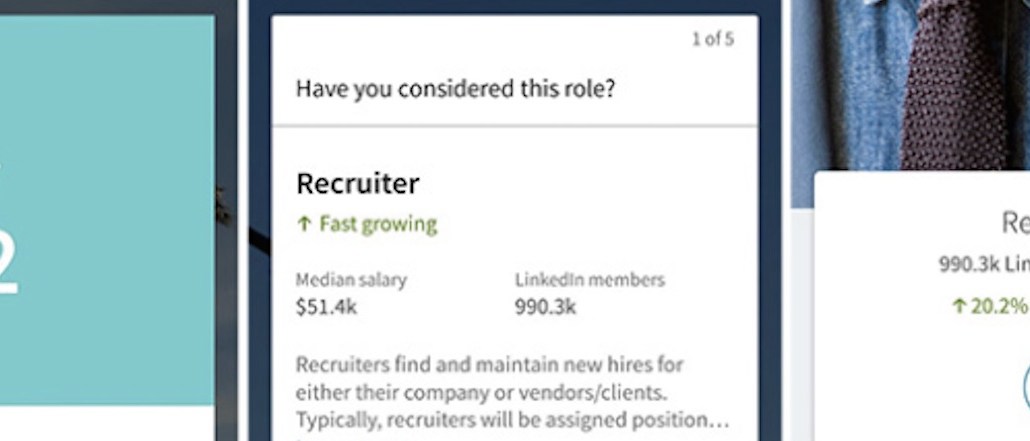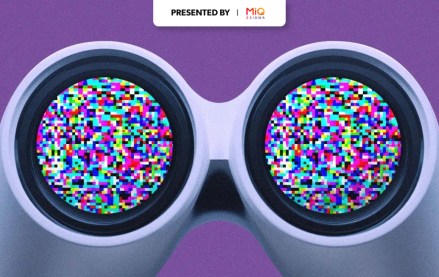
It’s almost graduation season so the daunting task of finding a job looms. LinkedIn hopes to help.

Today, the career-oriented social network is launching a standalone app, LinkedIn Students, that helps them land a job. The purpose to help soothe their job-hunting anxieties and surface suggested jobs based on its algorithm of the users’ preferences and college alumni connections.
LinkedIn Students, with its swipeable format that mimicks Tinder and Hinge, is designed with millennials in mind. The cards serve up suggested jobs, networking opportunities and news from companies users are interested in. And, just like a dating profile, the app lets users build a profile based on a few questions.
Unlike LinkedIn’s flagship app, the stripped-down LinkedIn Students app lacks messaging, groups and its news hub Pulse. Instead of Pulse, the app has content with sponsored posts from J.P. Morgan focusing on careers. Companies can’t pay LinkedIn to target people with specific jobs.
Of course, LinkedIn Students is a way for young people to become lifelong — and hopefully paying — members. “This is a soft introduction to students, who may not know the value of networking, and introduce LinkedIn’s value proposition,” Ada Yu, a LinkedIn project manager, told VentureBeat.
More in Media

WTF is headless browsing, and how are AI agents fueling it?
AI agents are putting headless browsing back in the spotlight. For media companies, that raises questions: How much traffic is real vs. automated?

How People Inc. is prioritizing traffic and revenue diversification to prepare for AI era
People Inc is preparing for AI’s impact on search and content discovery by focusing on traffic and revenue diversification and direct to consumer relationships.

One year in, Business Insider’s AI onsite search is boosting engagement
Although Business Insider’s AI search tool is currently only used by roughly one percent of Business Insider’s readership, it has significantly increased the engagement of those who do use the tool, with click-through to articles increasing by 50 percent since October.





